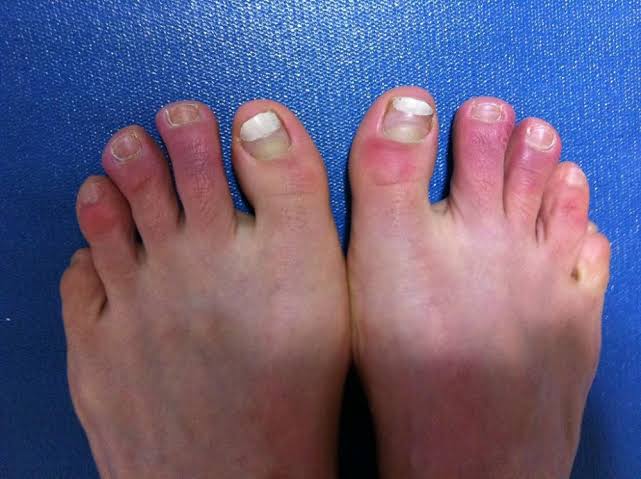Ended soon
Frostbite is a condition characterized by painful numbness and skin that is a pale, bluish color. Patients may also complain of heaviness in the exposed extremity. In the late stages of the condition, the skin may become dark or purplish due to poor vascular tone and blood pooling. Patients with superficial frostbite will develop pale blisters, while those with deep full-thickness frostbite will develop hemorrhagic or gangrenous lesions. This final depth is difficult to ascertain from the initial examination.
Symptoms
To avoid developing frostbite, it’s essential to stay warm and hydrated. Try to get some exercise and wear warm clothes. If the symptoms are severe, you should see a doctor immediately. If you think you’ve developed frostbite, you should wear warm clothing and stay indoors as much as possible. Your doctor may order X-rays or a bone scan. Signs of frostbite include redness, swelling, and numbness. Getting medical treatment immediately is essential, as delayed treatment can lead to more serious medical conditions like hypothermia, which may be life-threatening. Remove wet clothing and cover the affected area with warm blankets when you notice these symptoms. Also, avoid walking on frostbite feet. If the site is swollen or painful, soak it in warm water to relieve it. Do not soak for more than 30 minutes, and avoid friction.
You should see a doctor immediately if the condition becomes severe or involves the face, arms, or legs. Depending on the severity of the damage, a doctor may prescribe a series of wound care techniques. In extreme cases, you may need to seek surgery or an amputation. Stay out of direct heat and avoid rubbing the affected area to prevent further damage to your fingers. You can apply an antibiotic or a clot-busting cream if the skin is infected. If the spot has blisters, you should avoid breaking the blister. If you can’t find a physician, you should immediately contact the nearest emergency room. If left untreated, frostbite can lead to severe damage to the tissues. The affected area of the skin changes color and becomes rigid. There may also be a painful throbbing sensation when the area thaws. See a doctor as soon as possible to minimize the risk of complications and long-term wear.
Causes
Frostbite is a severe condition that can be deadly if left untreated. It may lead to growth defects in children and can also lead to infection, tetanus, and gangrene. In extreme cases, it can lead to amputation. In addition, prolonged exposure to cold can cause hypothermia, a dangerously low body temperature. A healthcare provider will ask the patient about the time and location of exposure to cold, examine the affected area, and consider any health conditions that might contribute to frostbite. The doctor may also perform tests to determine how much tissue damage has occurred. These tests may help guide treatment. They can also be used to detect hypothermia, which is a more severe condition and requires emergency medical care. The first step in treating frostbite is to remove wet clothing and move to a warm room. Once inside, make sure that you wrap the affected area with warm blankets. In addition, avoid walking in the frostbitten area. Although various conditions can cause frostbite, it is often caused by prolonged exposure to shallow temperatures. Depending on the type of exposure and the temperature, frostbite can be mild or severe and may lead to amputation.
Treatment
If you suspect you’ve suffered frostbite, you’ll want to take precautions. First, you’ll want to warm up the extremity. This can be done by providing body heat to yourself or a companion. It would be best if you also avoid alcohol or caffeine. Once the part is warmed up, it should be protected from further damage. Ensure that it’s free of any external material and that the domain is not rubbed with snow or ice.
If you cannot get out of the cold by yourself, seek immediate medical attention. Your healthcare provider will ask you about how you were exposed to the cold and will examine the area to determine the extent of the injury. Because frostbite is often not visible until it thaws, your doctor may want to perform blood tests or imaging studies, such as magnetic resonance imaging. Your doctor will also probably recommend that you wear layers of clothing, particularly in cases of extreme cold.
Deep frostbite can cause tissue death in some cases, and in extreme cases, the affected area may require amputation. However, amputation is not always necessary in mild cases, and the affected person may only require surgery after the affected area reaches a specific temperature. In more severe cases, surgical treatment may be necessary.




